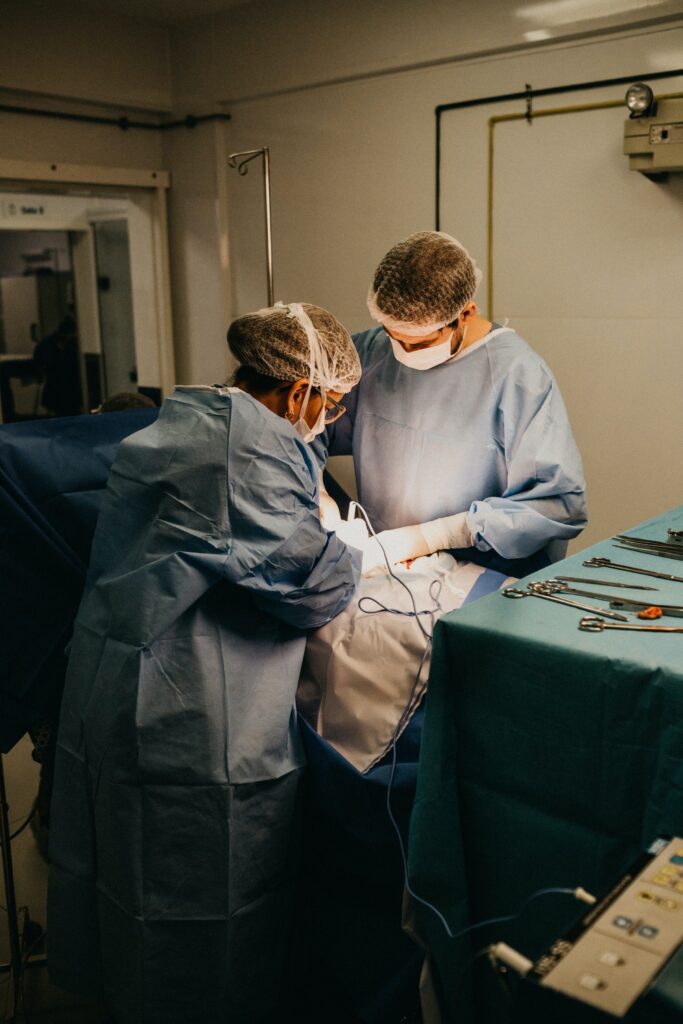During a stay abroad or far from home, accidents or sudden illnesses can occur. When the situation is critical, care is not always satisfactory in many centers abroad. As a solution, repatriation to your country of residence is possible. How do you go about it? What are the steps to follow? So, without further ado, let’s dive into this blog and learn some of the things you need to know about medical repatriation.
Medical repatriation

Medical repatriation requires an emergency procedure. In order to do so, you must purchase a plane ticket, request the presence of an ambulance service or a caregiver, and request appropriate medical equipment. Several thousands of euros are therefore necessary to ensure repatriation; this price climbs quickly for an evacuation by medical plane. Thus, the procedures for repatriation can change depending on the situation.
The request for medical repatriation
Because of your state of health and the stress generated by the circumstance, it is normal to feel helpless. However, there are several options available to anyone with a health problem to be transported back to their country or city of residence. The goal is to provide better follow-up and quality care.
Please note that you must choose between non-medicalized medical repatriation, that is to say, a trip without the need for medical staff, or a medicalized repatriation that requires the presence of a medical professional. In case of aggravated health risks, requesting a medical air evacuation is still possible. Whatever your needs, the first thing to do is to contact your insurer or the repatriation service in your country. You can also request repatriation from an airline, airline broker, embassy, foreign ministry, or consulate.
Remember that if the patient’s medical conditions are average and, medical facilities are available locally, you will not get medical repatriation.
Coverage of medical repatriation
Medical repatriation is always paid for, and the price increases according to the seriousness of the situation. However, some or all of the costs incurred can be covered in different ways. Repatriation insurance and the Ministry of Foreign Affairs can arrange for an ambulance service or a medical plane.
Some countries also have repatriation services. Even if you do not have insurance, this service will find an ambulance for your medical transport. To find a vehicle that fits your budget and needs, they first assess the patient’s health.
Preparation of the patient’s repatriation
If the Direction des Français de l’étranger responds favorably to the repatriation request, the ambulance will pick up the patient at his residence or the hospital and take him to the airport or to the hospital complex.
Upon landing, an ambulance service will take the patient to the hospital or home. If special equipment is needed to transport the patient, the ambulance service is informed in advance. Whether the patient is taken in a sitting or lying position, the ambulance vehicle and crews are able to ensure a smooth journey. Their goal is to deliver the patient to the treating physicians on site while ensuring that the patient’s situation is not made worse.
It is important to specify that the ambulance always intervenes within the framework of an evacuation or repatriation. It is the only vehicle that provides permanent medical assistance during the journey. Among the other means of transport for repatriation, including the medical plane, the airliner, the medical helicopter, and the ambulance, the latter is the only one to offer the best price.
Final thoughts

The end of the ambulance’s intervention also marks the end of the medical repatriation operation. Sound off in the comments section below, and tell us what you want to read next and if you want to read more about medical repatriation.


